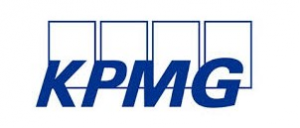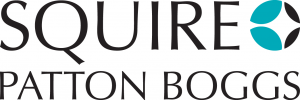PPP investment in the CEE region
3.01.2017Company: Amcham
Fixed investment in the CEE region is much lower in yoy terms, but qoq dynamics aren’t exactly astonishing, either. The reason is the slow inflow of EU funds to regional economies since the frameworks for tapping the current programming period 2014-2020 are still not fully able to channel the flows. One of the strategies for how to incorporate additional resources into public investment financing and overcome this time period would be public-private partnership (PPP) projects as in other EU countries. However, CEE countries lack the knowhow, the political will and the social consensus to use more PPP projects. Overcoming these obstacles is a long-term project and will not help in the current situation. Bigger usage of PPP projects remains a challenge for the future.
The current slowdown in investment activity across CEE countries is mainly due to a hangover from EU funds tapping in 2015. Governments in the region focused on tapping the last available resources allocated in the previous programming period. Because of this priority, the frameworks for the current programming period 2014-2020 are not fully transmitting EU funds in any of the economies covered, even a year later. The dependence on EU funding is presented in the following graphs. Both of these show that the EU funds exposition of CEE countries is large and disproportional funds tapping during the programming period has caused a specific investment cycle in these countries.
Tags: Economics | Finance |







